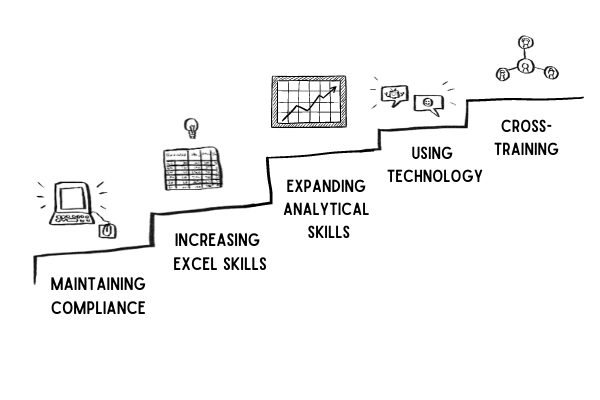5 keys to successful payroll leadership
When you’re knowledgeable about how other aspects of your business work, payroll professionals are better able to make recommendations on process improvements.
According to Brent Gow, CPP, managing partner at BRGow & Associates, that’s how to gain recognition in your company and profession. Gow, speaking at a general session of the American Payroll Association’s virtual Congress, gave attendees some advice on developing payroll leadership skills.

Maintaining compliance
Gow’s first pillar of payroll leadership is maintaining compliance. Compliance crosses many company departments, such as finance and IT. Staying in touch with them will help you understand the impact on Payroll. He suggested supporting payroll compliance audits and your internal audit department. The internal audit department will assist you in looking at high-risk compliance areas. It can also request management support if you’re having compliance issues, he added.
Increasing Excel skills
The second pillar of payroll leadership, according to Gow, is acquiring or increasing advance Excel skills, like pivot tables, V look up and filters. Mastering these will better equip you to complete test scripts based on changing business requirements or better prepare you for the known (now) and the unknown (the future), he added.
Expanding analytical skills
The first two pillars lead directly to the third—expanding your analytical skills. That allows you to share results with upper management. You’ll also be able to produce reports on designated metrics, analyze why key performance indicators aren’t being met and recommend a plan to enhance them, Gow said.
Using technology
This is the fourth pillar. Utilizing advance technologies will help drive process improvement. Gow pointed out four key technologies:
- Robotic process automation: Software that handles high-volume repeatable tasks, like queries, calculations and record maintenance.
- Bot and chatbots: Software that mimics human workers to handle customer service. (Your customers are management and employees.)
- Artificial intelligence: Software programmed to think like people do.
- Machine learning: A subset of AI; algorithms make decisions or predictions, like whether new hires will stay or leave.
Cross-train to gain
The last pillar is cross-training. Gow, who’s been in the Payroll industry for about 40 years, was cross-trained in procurement and accounting, to name two of the many departments in which he’s worked. Cross-training, he concluded, allowed him to see how the Payroll department fit into the larger corporate picture.



